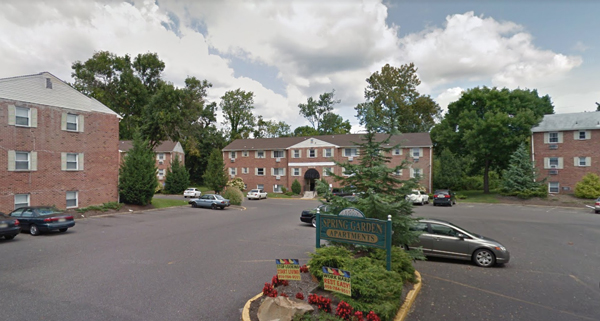Trending
Multifamily investors head to the ‘burbs in search of yield
Urban supply glut has buyers targeting less glamorous locales

Some institutional investors are turning to the suburbs for yield now that the urban luxury apartment boom is tapering off.
Returns for garden-style suburban apartments averaged 8 percent for the four quarters that ended in June, according to the Wall Street Journal, citing a report from TH Real Estate. High-rise apartments earned a yield of 5.1 percent during the same period.
New supply in urban centers is pushing down yields, and pension funds and insurance companies are looking further out for better investment opportunities.
“About two years ago was the inflection point where we began to see the impact of having a lot of new product in the urban areas, and we also began to see the beginning of some softness,” said Jeanette Rice, head of multifamily research for the Americas at CBRE. “We also saw vacancy rates inch up, so institutional capital is always thinking, ‘Where are the better returns?’”
Class B apartments also have better vacancy rates (4.3 percent, according to Marcus & Millichap Research Services and MPF Research) compared to Class A apartments (5.8 percent) as homeownership rates remain well below the 69 percent recorded during the height of the housing bubble.
And building apartments in suburban municipalities is still tough, which investors said has the benefit of limiting supply.
“In the suburbs you didn’t have a robust pipeline because investors’ and developers’ focus had been primarily on the downtown market in major cities and because in the suburbs is where everyone took a bath and got hurt during the credit crisis,” Institutional Property Advisors senior vice president Jeffery Daniels said. “Now there’s a huge appetite for class B multifamily because investors get better risk-adjusted returns than [they do] building a brand new asset.” [WSJ] – Rich Bockmann




